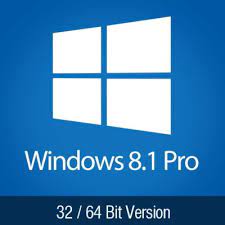
Windows operating system, developed by Microsoft, has come a long way since its inception in the mid-1980s. Let’s dive into the fascinating evolution and history of Windows OS.
It all began with the release of Windows 1.0 in 1985, which was a graphical user interface (GUI) built on top of MS-DOS. While it wasn’t widely adopted, it laid the foundation for future versions of Windows.
In 1990, Windows 3.0 was released, bringing significant improvements in terms of performance and user experience. It introduced the iconic Start menu and saw widespread adoption due to its compatibility with a wide range of software.
Windows 95, released in 1995, was a game-changer. It introduced the taskbar, a 32-bit architecture, long filenames, and the Internet Explorer web browser. Windows 98 and Windows ME followed, refining the user experience and introducing new features like System Restore and improved plug-and-play functionality.
With the new millennium came Windows XP in 2001, which became one of the most beloved and widely used versions of Windows. It brought a more stable and user-friendly interface, improved security features, and better compatibility with hardware and software.
Windows Vista, released in 2007, faced some criticism due to performance issues and compatibility problems. However, it introduced a visually appealing Aero interface, improved security features, and better multimedia capabilities.
In 2009, Windows 7 was launched as a successor to Windows Vista. It addressed many of the performance issues and introduced a streamlined user interface. Windows 8 followed in 2012, with a touch-centric interface and introduced the Microsoft Store for downloading apps.
The latest major release is Windows 10, launched in 2015, which aimed to bring the best of Windows 7 and Windows 8 together. It introduced the virtual assistant Cortana, the Microsoft Edge browser, and a new universal apps platform.
Windows continues to evolve, with regular updates and new features being added through Windows updates. Microsoft is also working on the next version, known as Windows 11, which is expected to bring a redesigned user interface and new productivity features.
In conclusion, the evolution of Windows 11 pro operating systems over the years has been remarkable. From the early versions that laid the foundation to the modern Windows 10, the user experience and functionality have improved significantly. With the upcoming Windows 11, the future of Windows OS looks more promising than ever.